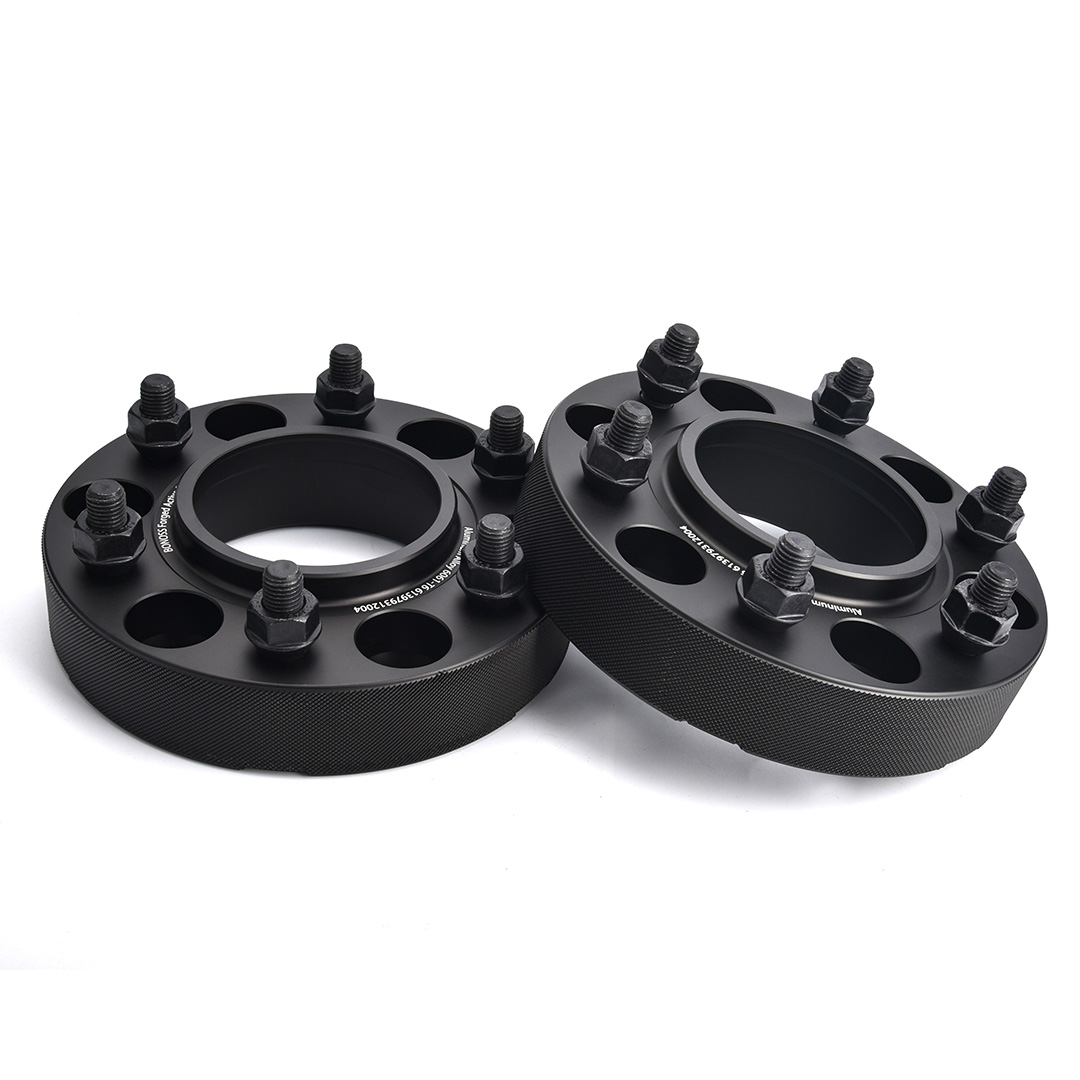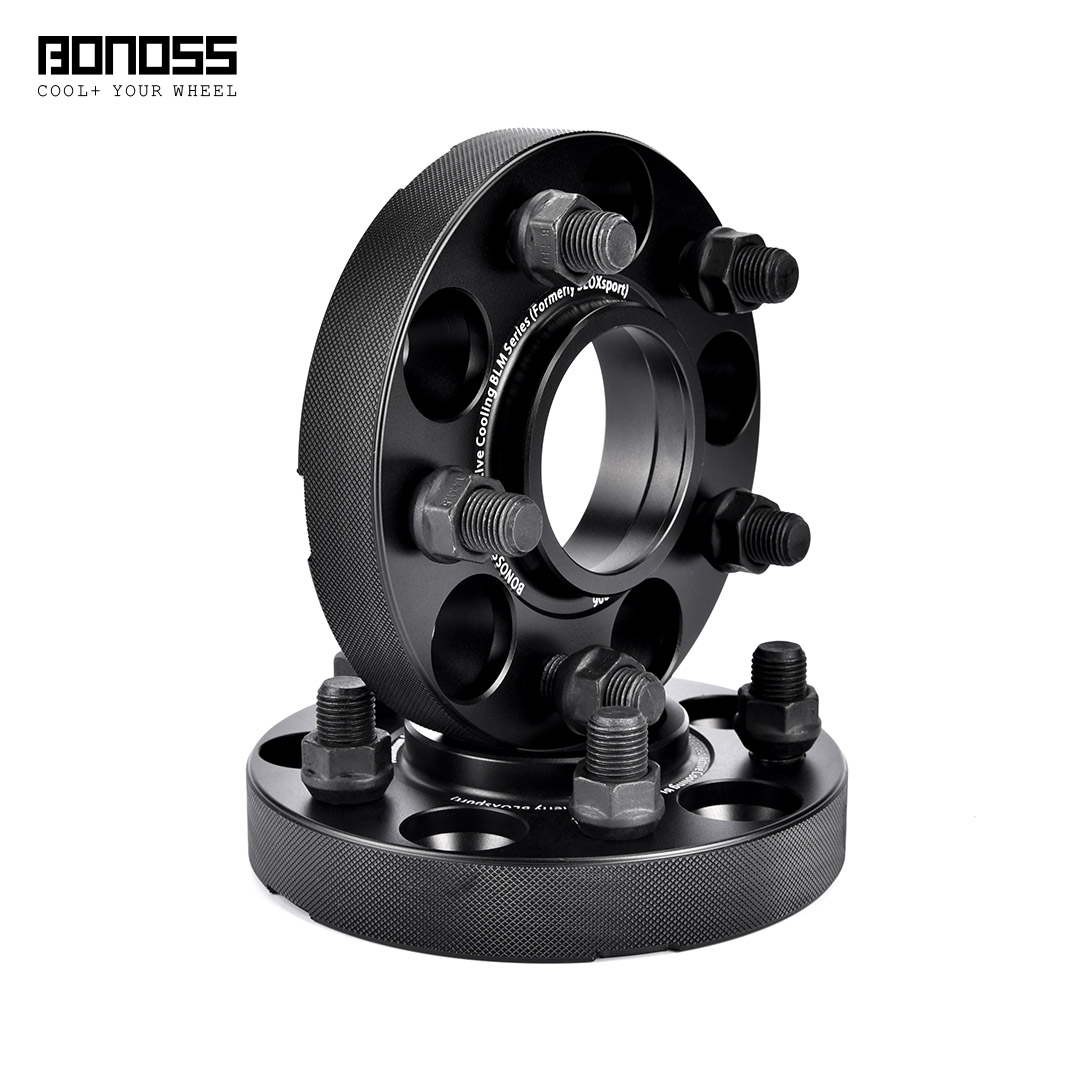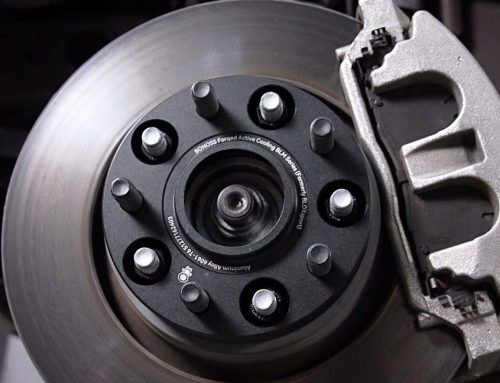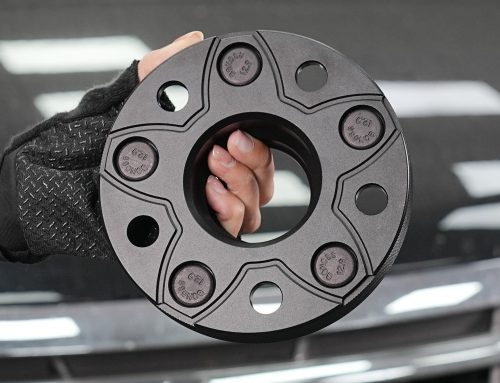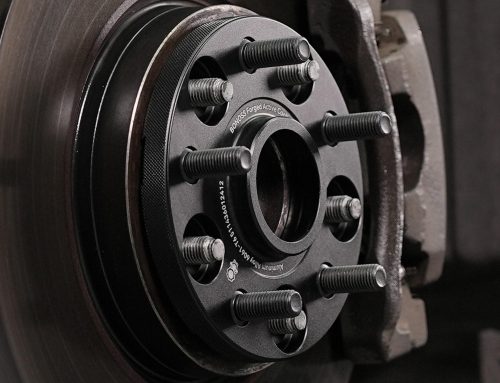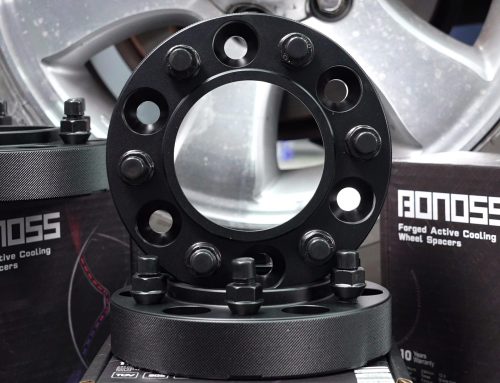Generally, it is safe and allowable to put 2 inch spacers on a truck. The thickness of spacers you choose depends mostly on your preferences. Many trucks will leave a large amount of wheel gap fender space for tire chains, in that case, 2 inch spacers are not too much for a truck. If you are investing in new offset wheels, then a set of wheel spacers would be perfect for those wheels.
When 2-inch wheel spacers are combined with broad AT tires, appearance enhancement is especially effective. Your truck will look more rugged, powerful, and muscular. The safety of 2 inch spacers depends on various factors, including the type of spacer, installation quality, and the driving conditions. Generally, wheel spacers are safe when installed correctly and used with appropriate driving habits.
Factors That Influence Safety
Bolt-On vs. Slip-On Spacers
Wheel spacers come in two main types: bolt-on and slip-on. Bolt-on spacers are generally considered safer, especially for larger sizes like 2 inches. These spacers are secured to the hub using their own set of lug nuts, and the wheels are then bolted onto the spacers. On the other hand, slip-on spacers can be unsafe for larger sizes because they don’t come with the pressed-in wheel studs.
2 inch Spacers: Hub-centric vs. Lug-centric
For large-size 2-inch wheel spacers, the hub-centric types are much safer. Hub-centric spacers are designed to align perfectly with the hub, ensuring even load distribution and minimizing vibration. These are generally considered the safest options for both on-road and off-road applications. However, lug-centric spacers rely on the wheel studs to center the spacer. This may introduce vibration if not installed with care. We don’t recommend using lug-centric 2 inch spacers.

Quality of the Spacers
The safety of 2 inch spacers largely depends on their quality. High-quality spacers are made from durable materials such as billet aluminum alloy. Low-quality or poorly manufactured spacers are easy to warp, crack, or fail under the stress of driving. Always get wheel spacers from a reputable company.
If you want to upgrade your truck’s style and performance, consider a set of forged aluminum alloy wheel spacers. BONOSS forged active cooling 2 inch spacers are made of the highest quality forged 6061-T6 and 7075-T6 aluminum alloy. They perform well as tensile strength is up to 572 MPa and the yield strength is up to 503 MPa (AL7075-T6). The higher the tensile strength, the more tensile stress that the wheel spacers can withstand before failure.
Wheel Stud Strength
For large wheel spacers like 2 inch spacers, the wheel studs must be strong enough to provide a proper clamping force. We recommend high-quality wheel spacers to get the best handling for daily drives or track days. Genuine brand spacers are ideal for ensuring safety.
For example, these BONOSS forged active cooling wheel spacers come with ISO grade 12.9 wheel studs (tensile strength over 1220 MPa) and ISO grade 10 wheel nuts (proof load over 1,100 MPa). Even facing impacts, these wheel fasteners are not easy to break. Such BONOSS forged active cooling 2 inch spacers can operate well in daily driving and off-roading adventures.
Do 2 inch Spacers Affect Warranty or Insurance?
One common question among car owners is whether installing 2 inch spacers will affect their warranty or insurance coverage. While policies vary, minor modifications like wheel spacers typically don’t void warranties, especially if installed correctly. However, different brands may have different regulations, so it is recommended to check carefully before installing.
When you choose BONOSS wheel spacers, you’re opting for innovation, safety, and trusted engineering. Particularly, BONOSS forged active cooling 2 inch spacers provide an active cooling function. There are petal-shaped heat dissipation grooves that allow the external cold air to flow continuously inside the spacer. The air takes away the heat, so it achieves the purpose of actively dissipating heat for the brakes. The heat dissipation grooves can boost the cooling efficiency, reducing brake thermal decay, and improving road safety.



